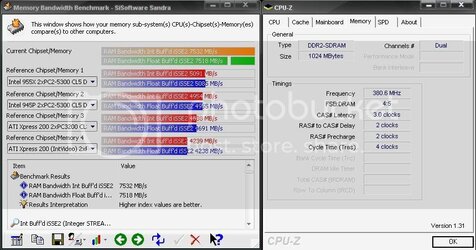http://www.c627627.com/AMD/Athlon64/
I think Ed is right that there will not be intro level CPUs in June.
But I don't see dual core Semprons any time soon.
AMD talks about stock speeds and has asked for DDR II 800 to be tested on AM2s. Not all AM2s will run off of 800 so there may be both 667 & 800.
800 would be limited to top end CPUs for reasons OC Detective stated. So right now, the guess is that 800 would be FX only.
That fits nicely with 7 x 400 = 2800 MHz FX 62, so there's that.
Will there be .5 multipliers? Will other forms of DDR II be officially used in addition to 667 & 800?
If there are no .5 multis, then the FX follow up would be at 3.2 GHz and then what? .5s would fit 2.8 then 3.0 then maybe 3.2 FX over the next couple of years before DDR III arrives 2008ish.
So back to DDR II, with 667, 5000+ would be 2.667 GHz with half FXs cache maybe?
Keep an eye on those eng samples even though they were not what the final product turned out to be with 939s...
http://www.c627627.com/RAM/



